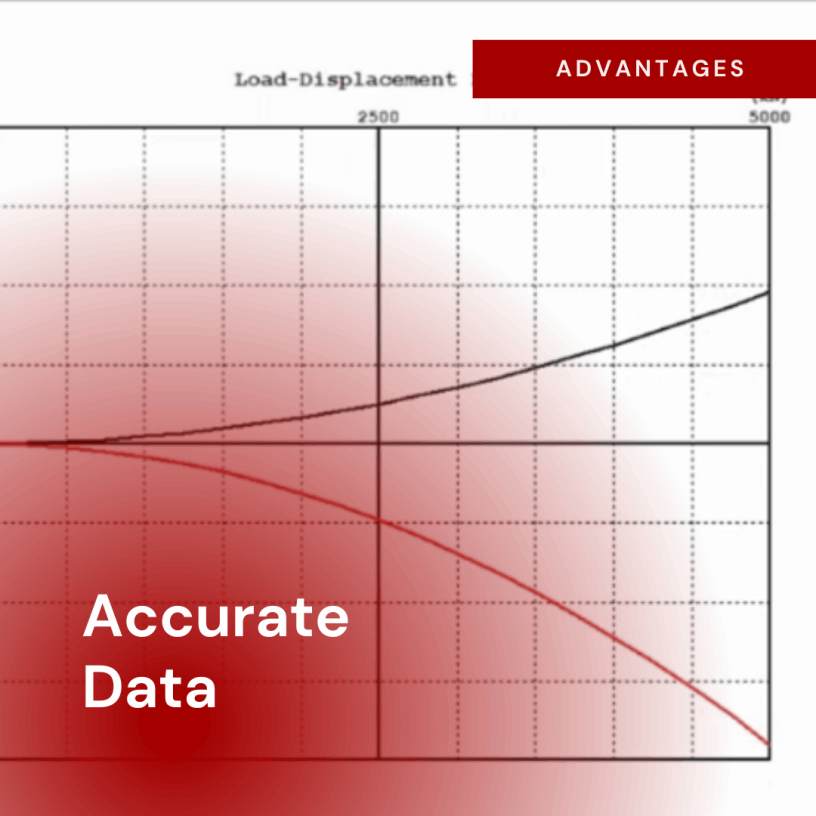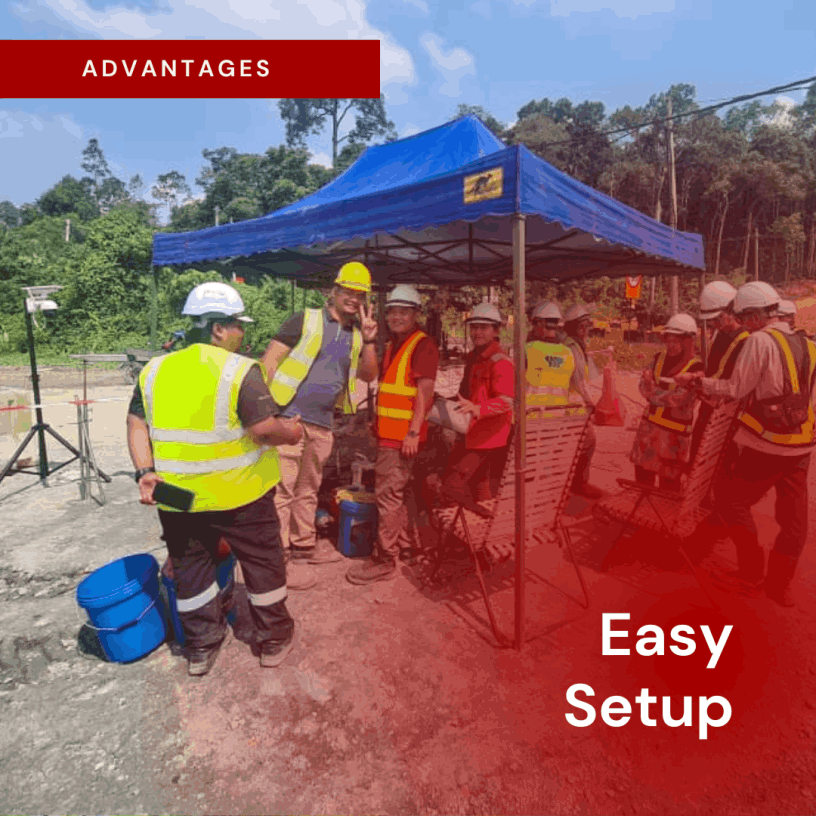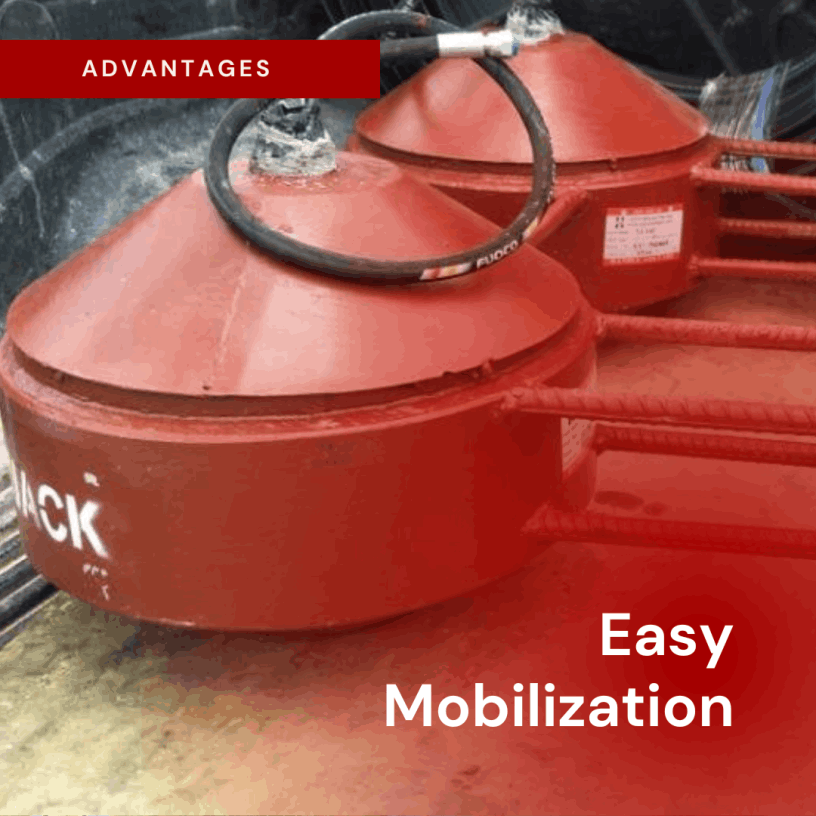
QSDAP Behaviour
Advantage 1: Accurate Assessment of Load-Settlement Behavior:
One of the primary advantages of bi-directional pile load testing is its ability to offer a highly accurate assessment of load-settlement behavior. Traditional static load tests often fall short in providing a dynamic understanding of how a pile responds to varying loads. Bi-directional testing, however, captures the intricate details of the load-settlement curve, allowing engineers to analyze the pile's behavior at different load levels.
In a comparative analysis with static load testing, bi-directional testing proves to be more reliable in simulating real-world conditions. The dynamic nature of the test helps in identifying potential issues such as pile-soil interaction, non-linear behavior, and overall structural performance. This advantage becomes particularly crucial in projects where precise load-settlement data is paramount for making informed design decisions.

